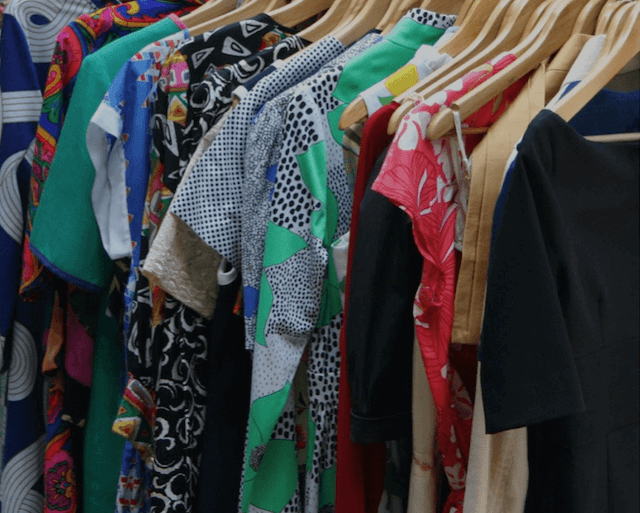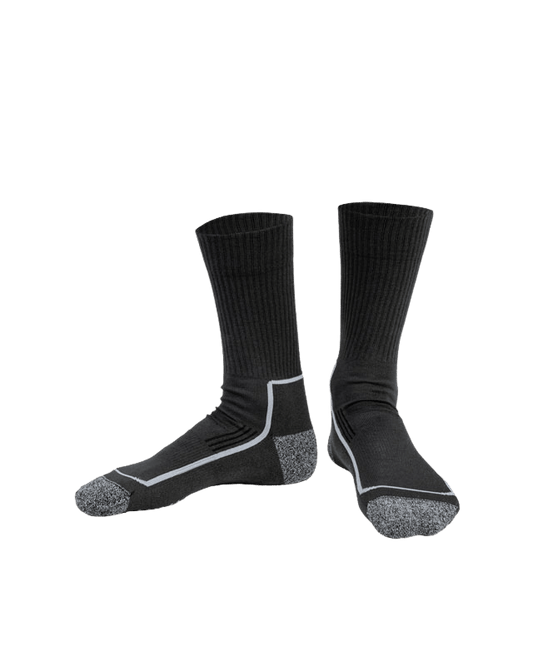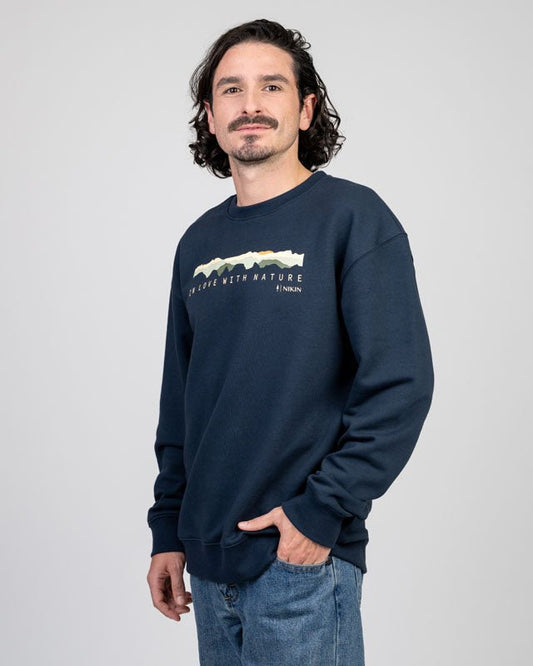Not only are we humans constantly under stress, but so is the fashion industry. The goods are to be produced and sold as cheaply as possible. The working conditions are terrible in many places and the materials are often harmful to the environment. Something doesn't add up... Slow Fashion - relax and take it easy!
Everyone is familiar with stress and excessive demands, whether at work or in private life. "Just slow down" is often given as a tip to turn your back on the accumulated stress for at least a few hours and concentrate on the essentials again. It's not just us who should shift down a gear, the fashion industry urgently needs to slow down too!
Advertisements such as "Fashion Trends 2018-Price Reduced" or "THESE are the most important fashion trends of the season!" give an idea of how fast-moving trends are. "Fast fashion" is the name of the fashion business. Expensive designs from the catwalk are offered as inexpensive copies in the shops to match the new "must-haves". All this as quickly as possible, of course! So a shirt in the trend colour red can be bought cheaply in the nearest shop. But what if soon everyone only sees red and has had enough of it? No problem! The old shirt is stowed away or thrown away, because the new one is already waiting for you in the shop. Every season the same fashion game. But what is behind this cheap mass production? In the following, the problematic points of "fast fashion" are highlighted:
- Toxic chemicals: In the study "Toxic yarns" conducted by Greenpeace, endocrine disrupting chemicals were found in 63% of all garments examined (including those from Zara, Only and Levi's). In addition, some azo dyes, which can release carcinogenic amines, are used for dyeing.
- Unfair working conditions: About 80 billion garments are produced worldwide every year. Suppliers are struggling with ever shorter delivery deadlines due to production pressure, resulting in wage cuts and ecologically irresponsible practices.
- Endangering animals and the environment: Toxic chemicals can be dangerous not only for us. These are discharged into the environment through factory water and accumulate in sediments, the food chain, fish and wildlife.
- Around the world: The clothing enriched with the chemicals is supplied to markets around the globe; including EU countries that ban the chemicals in their own textile production.
- Role of buyers: When the new clothes are washed, the chemicals end up in the waste water and thus contribute to the pollution of water bodies.
Fortunately, with "slow fashion" a deceleration is taking place. "Slow fashion" means the change towards more responsibility and respect for people and the environment. It also tries to create an awareness towards the product. Slow Fashion" pursues the following values and goals:
- Environmentally friendly production and selection of raw materials. Here, for example, natural, plant-based dyes are used to reduce the consumption of chemicals.
- Sustainable production and high-quality processing, e.g. through the manual production of the products.
- Fair trade, where suppliers are paid a living wage.
- Use and durability of clothes: This does not only include garments made from organic and recycled materials. Used clothing also counts as "slow fashion"!
- Products often have a regional origin with a short production chain. All steps in the production chain are visible and therefore transparent. Most of the supply chain is also independently audited or visited by the clothing brand itself.
What is the situation at NIKIN with regard to "slow" or "fast"? At the moment we are still "fast", but we are constantly moving in the right direction by looking for more and more sustainable materials. This has enabled us to replace acrylic with recycled jeans and our textiles are largely made of organic cotton. Our socks are also made of 80% bamboo. In addition, NIKIN partly works with companies that are GOTS and Fairtrade certified. So we are on a good path towards "deceleration".




















